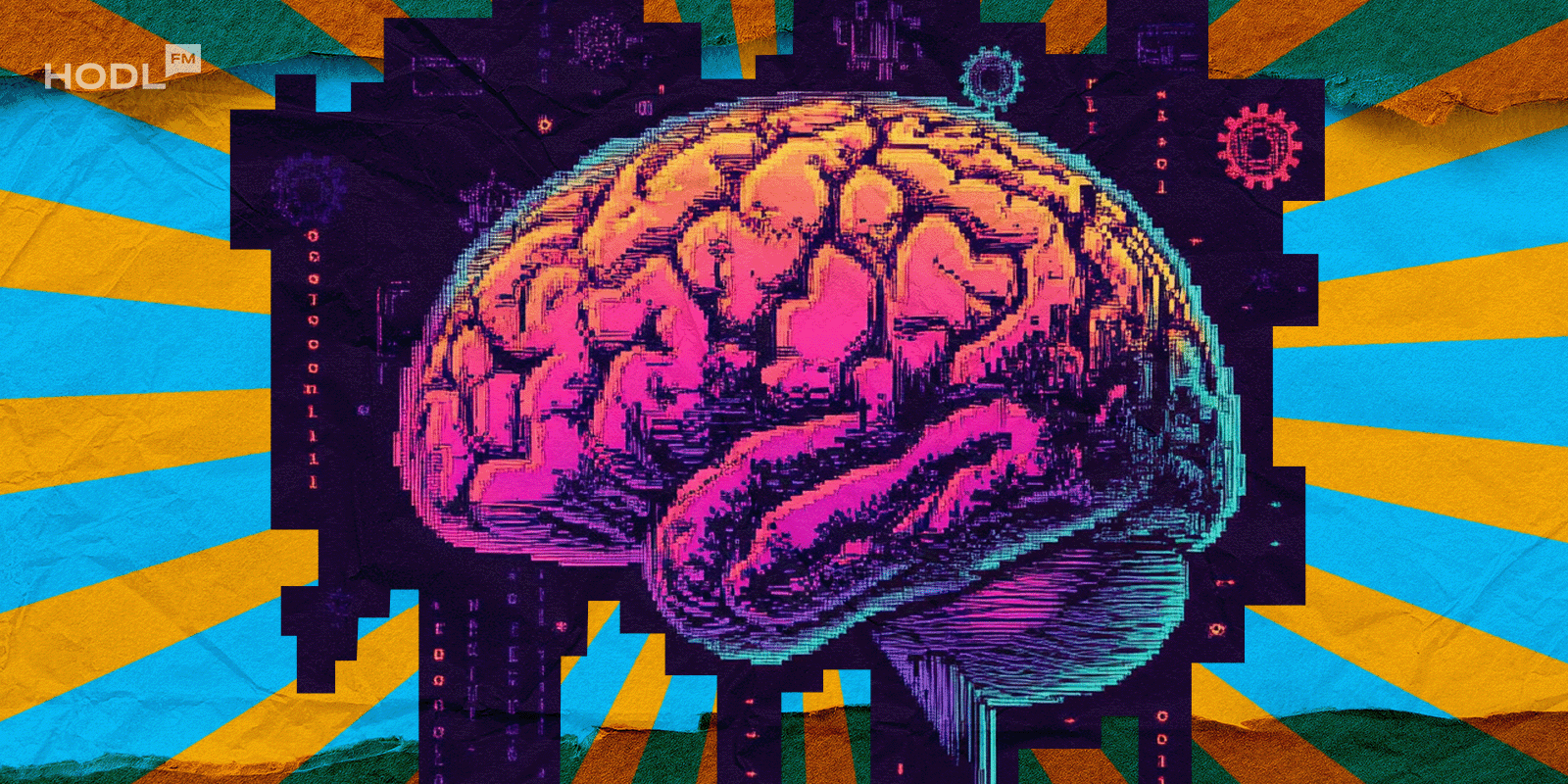Bitfarms, one of North America’s largest Bitcoin mining firms, announced that it will gradually wind down its Bitcoin mining operations over the next two years and pivot toward high‑performance computing (HPC) and artificial intelligence (AI) infrastructure. The decision, revealed alongside the firm’s third-quarter 2025 earnings report, marks one of the most significant realignments in the crypto mining industry to date.
The shift comes after months of financial strain triggered by lower Bitcoin prices, tightening margins, and the impact of the 2024 halving event, which cut mining rewards in half. According to the company, its hardware and energy portfolio position it to capitalize on growing demand for AI and HPC resources.
CEO Ben Gagnon said the company’s new focus on compute services represents a strategic evolution rather than an abandonment of its roots in digital infrastructure.
“Despite being less than 1% of our total developable portfolio, we believe that the conversion of just our Washington site to GPU‑as‑a‑Service could potentially produce more net operating income than we have ever generated with Bitcoin mining, providing the Company with a strong cashflow foundation that could fund opex, G&A, and debt service and contribute to capex as we wind down our Bitcoin mining business in 2026 and 2027,” Gagnon said.
Washington facility to lead AI and HPC transformation
Bitfarms will begin its transformation with its 18‑megawatt site in Washington State, which will be the first mining facility converted for AI workloads. The site, currently powered by renewable energy, will be retrofitted to support Nvidia GB300 GPUs using advanced liquid cooling technology capable of sustaining up to 190 kilowatts per rack.
Under a $128 million fully funded agreement with a major U.S.-based multinational data center partner, Bitfarms will receive all required equipment and building materials for the project. Construction and full deployment are scheduled to be completed by December 2026.
“We continue executing on our HPC/AI infrastructure development strategy with a fully funded supply chain and plan to convert our Washington site to support Nvidia GB300s with state-of-the-art liquid cooling,” Gagnon said in the earnings release.
The company expects the converted facility to generate revenue through both colocation and cloud computing services, providing compute capacity for enterprise and AI clients.
Financials and market response
The shift toward AI follows a challenging quarter for Bitfarms. The company posted a net loss of $46 million on $69 million in revenue, compared with a $24 million loss during the same period in 2024. The earnings miss and strategic update triggered a strong market reaction, with Bitfarms’ shares (BITF) falling nearly 18% to $2.60 by the end of Thursday trading.
Despite the drop, executives maintained that the company’s balance sheet remains supportive of the pivot. Bitfarms holds approximately 341 megawatts of energized capacity across twelve North American sites, with a total available energy portfolio exceeding 2.1 gigawatts. This infrastructure positions the company to repurpose additional facilities for AI and HPC computing as mining operations phase out.
As part of its broader financing efforts, Bitfarms recently expanded a Macquarie debt facility up to $300 million to support project development at its Panther Creek, Pennsylvania site and issued $588 million in convertible notes to strengthen liquidity and fund long-lead equipment purchases.
Broader industry trend: miners pursue AI opportunity
Bitfarms is not alone in redirecting its focus toward AI infrastructure. Other firms, including Cipher, Terawulf, and MARA, have announced similar AI initiatives or partnerships with investors such as SoftBank and Google. The 2024 Bitcoin halving, rising energy costs, and market stagnation have eroded mining profitability, motivating operators to repurpose their power contracts and facilities for more predictable returns through AI compute services.
Industry analysts note that these reconfigurations could slow global Bitcoin hash‑rate growth while accelerating competition in the AI data center sector. The availability of existing mining infrastructure, featuring efficient cooling systems and access to low-cost power, gives former crypto miners a cost advantage over traditional data center operators.
Execution challenges and outlook
Analysts remain divided on whether the AI transition will offset the revenue void left by winding down Bitcoin mining. Bitfarms faces project execution risks, including construction delays, potential underperformance of GPU clusters, or a slower-than-expected customer ramp-up. Nevertheless, supporters argue that the pivot could stabilize cashflows and align the company with a high‑growth computing market estimated to attract over $200 billion in investment this year.
Gagnon summarized the firm’s conviction during the earnings call:
“With consistent inbound demand for our sites, we have high conviction in the value of our unique energy portfolio, the demand for our power, and our ability to develop next-generation HPC and AI infrastructure.”
If successfully implemented, Bitfarms’ transformation could redefine its role within the broader digital infrastructure landscape, transitioning from a cryptocurrency miner to an enterprise compute provider capable of addressing one of the fastest-expanding technology demands of the decade.

Disclaimer: All materials on this site are for informational purposes only. None of the material should be interpreted as investment advice. Please note that despite the nature of much of the material created and hosted on this website, HODL FM is not a financial reference resource, and the opinions of authors and other contributors are their own and should not be taken as financial advice. If you require advice. HODL FM strongly recommends contacting a qualified industry professional.





